The desire to change one’s appearance without the commitment of altering natural hair has made DIY hair extensions a popular choice among beauty enthusiasts. This guide is crafted to navigate you through the intricate world of extensions, from choosing the right type to applying them like a pro. With a focus on DIY hair extensions, we aim to empower you with the knowledge to transform your look with confidence.
Table of Contents:
– Understanding the basics of DIY hair extensions
– Selecting the right type of hair extensions
– Step-by-step guide to applying DIY hair extensions
– Tips for maintaining your hair extensions
– Common mistakes to avoid with DIY hair extensions
Understanding the basics of DIY hair extensions
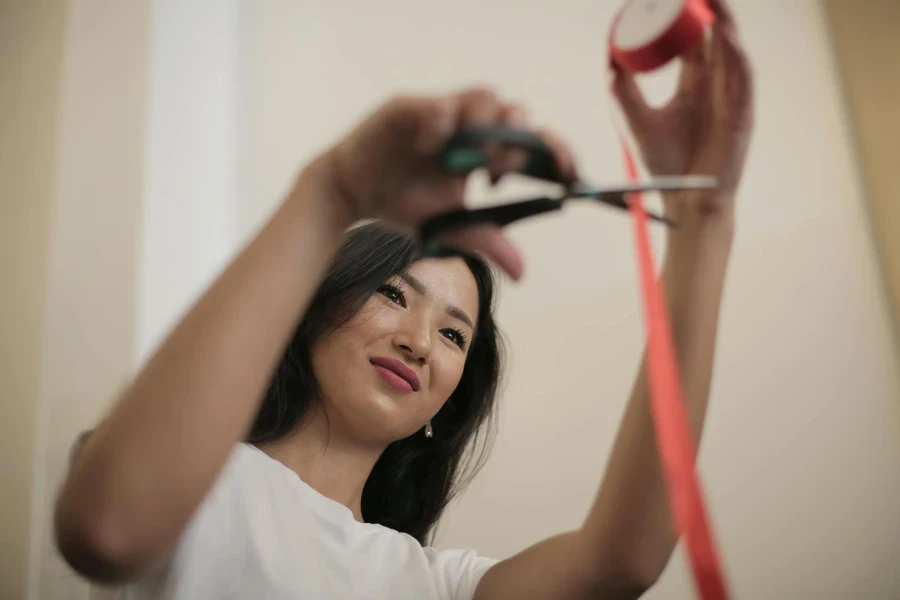
Hair extensions offer a versatile way to change your hairstyle by adding length, volume, or even pops of color without the long-term commitment. Before diving into the world of DIY hair extensions, it’s crucial to understand the types available — from clip-ins, tape-ins, to sew-ins, and more. Each type offers its own set of advantages and challenges. Familiarizing yourself with these can help you make an informed decision based on your lifestyle, hair type, and styling preferences.
The process of selecting and applying hair extensions may seem daunting at first. However, with the right knowledge and tools, it becomes an achievable task. It’s about understanding the nuances of blending extensions with your natural hair for a seamless look. This section aims to lay the groundwork, ensuring you have a solid foundation before moving on to more detailed aspects of DIY hair extensions.
Selecting the right type of hair extensions
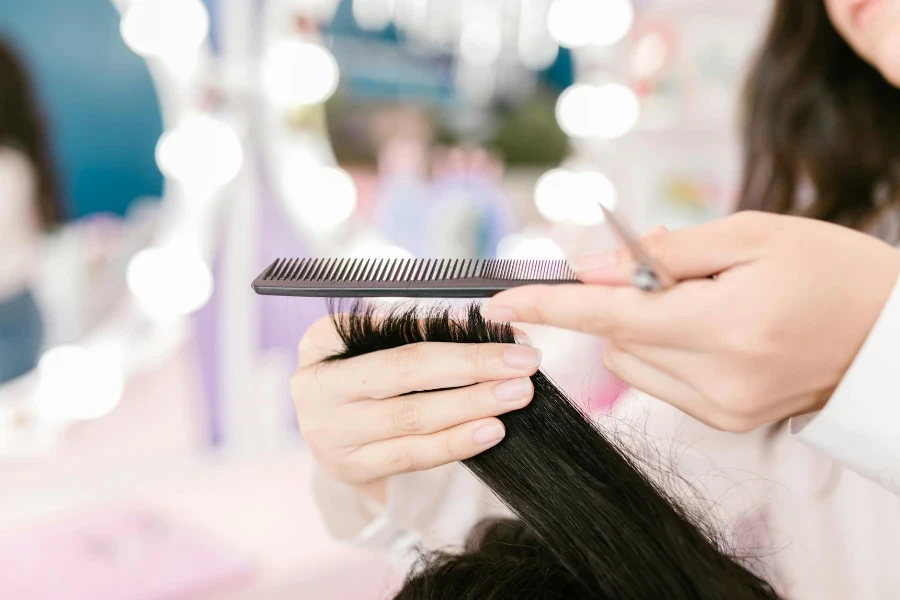
Choosing the right type of hair extensions is paramount to achieving a natural and comfortable look. Factors to consider include the texture of your natural hair, the desired length, and the amount of time you’re willing to dedicate to maintenance. For instance, clip-in extensions are ideal for those seeking a temporary change, offering flexibility and ease of application. On the other hand, tape-ins or sew-ins provide a more permanent solution but require professional help for application and removal.
The quality of hair extensions significantly affects their appearance and longevity. Synthetic extensions are cost-effective and come in a variety of colors and styles. However, they lack the versatility of human hair extensions, which can be styled, colored, and treated just like natural hair. Investing in high-quality human hair extensions can enhance your overall experience, providing a more natural look and feel.
Step-by-step guide to applying DIY hair extensions
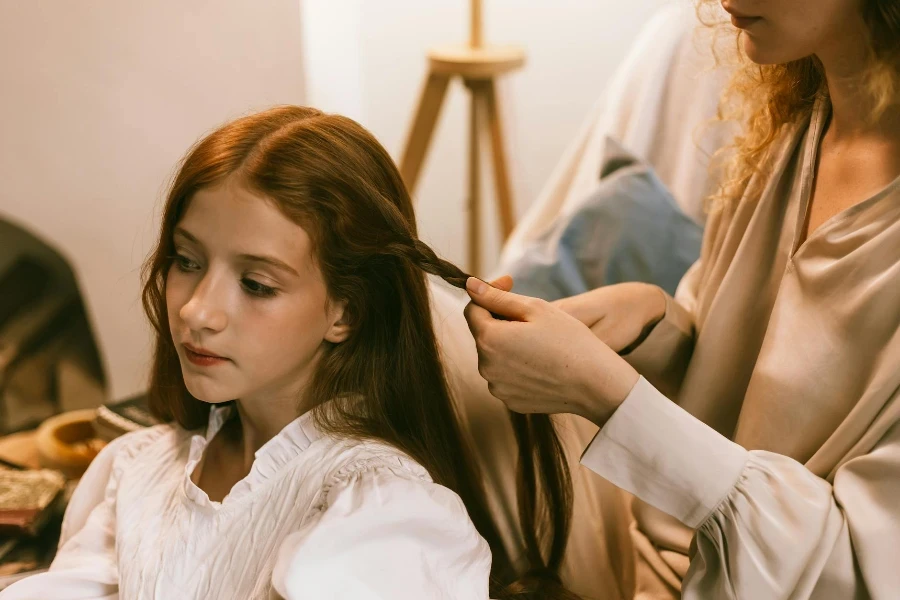
Applying hair extensions at home can be simplified into a few key steps. Start by selecting the right color and type of extension for your hair. Next, prepare your natural hair by ensuring it’s clean, dry, and tangle-free. Sectioning your hair strategically can make the application process smoother, allowing for a more natural blend with the extensions.
For clip-in extensions, begin at the nape of the neck, working your way up, securing each piece firmly. For tape-ins, precise placement near the roots but not on the scalp is crucial to avoid discomfort and ensure a secure hold. Regardless of the type, ensuring that the extensions are evenly distributed and blend seamlessly with your natural hair is key to a successful application.
Tips for maintaining your hair extensions
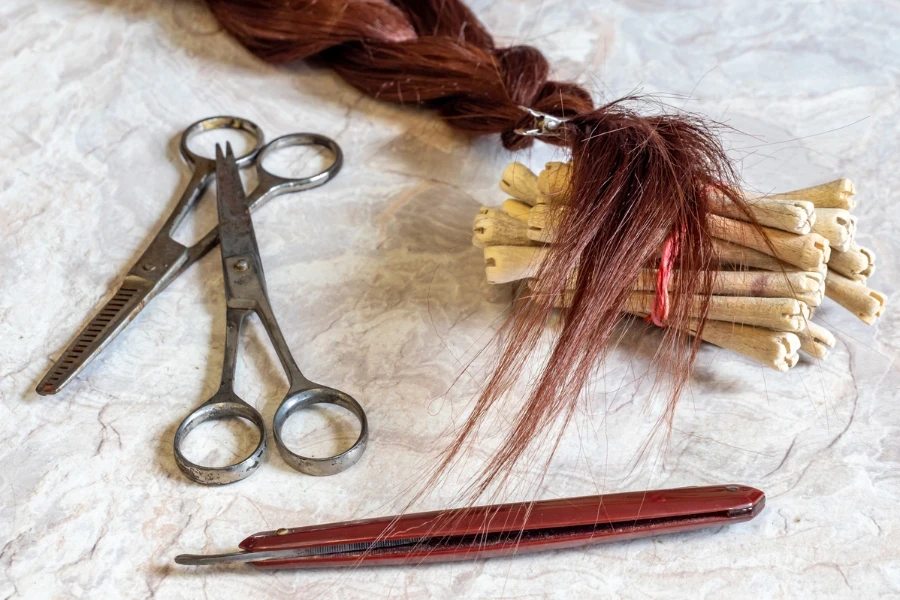
Maintaining hair extensions is essential for prolonging their lifespan and keeping them looking their best. Regular brushing with a soft-bristle brush can prevent tangling and matting. Washing extensions with a sulfate-free shampoo and conditioner can help maintain their quality, though it’s important to avoid over-washing.
Proper storage is also crucial. When not in use, keeping extensions hung or neatly stored away can prevent unnecessary tangling and damage. Additionally, minimizing the use of heat styling tools and avoiding sleeping with wet extensions can further protect them from wear and tear.
Common mistakes to avoid with DIY hair extensions
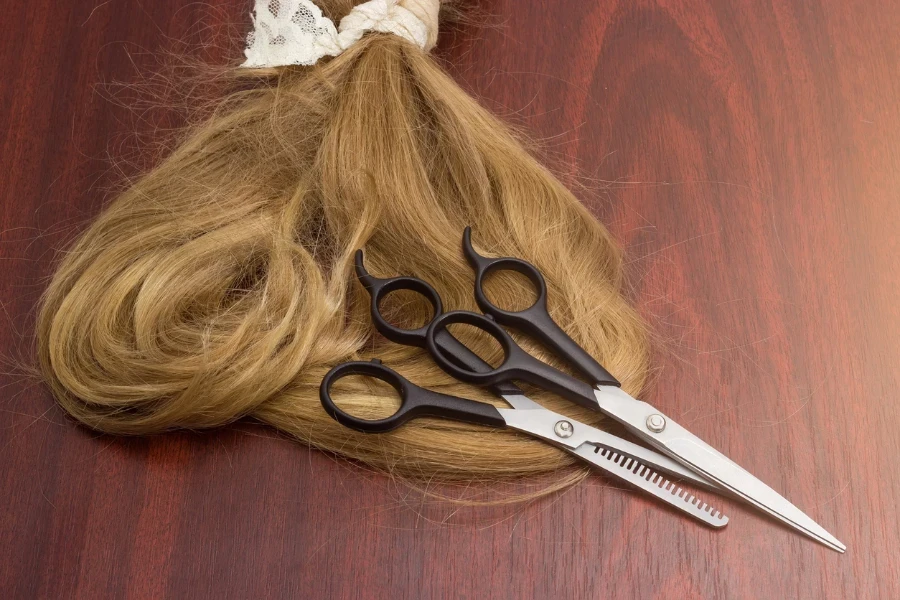
A successful DIY hair extension experience hinges on avoiding common pitfalls. One of the most frequent mistakes is failing to match the extensions to your natural hair texture and color, resulting in a conspicuous appearance. Overloading the hair with too many extensions can lead to discomfort and potential damage to your natural hair.
Neglecting the care and maintenance of extensions can shorten their lifespan and affect their appearance. Regularly conditioning, gently brushing, and properly storing your extensions can mitigate these issues. Lastly, patience is key. Rushing the application process can lead to uneven placement and an unnatural look.
Conclusion:
DIY hair extensions offer a creative and flexible way to enhance your appearance. By understanding the basics, selecting the right type, and applying them with care, you can achieve a stunning transformation. Remember, the key to a seamless look lies in choosing quality extensions, applying them with precision, and maintaining them with diligence. With these insights, you’re well-equipped to explore the world of DIY hair extensions and embrace a new look with confidence.




